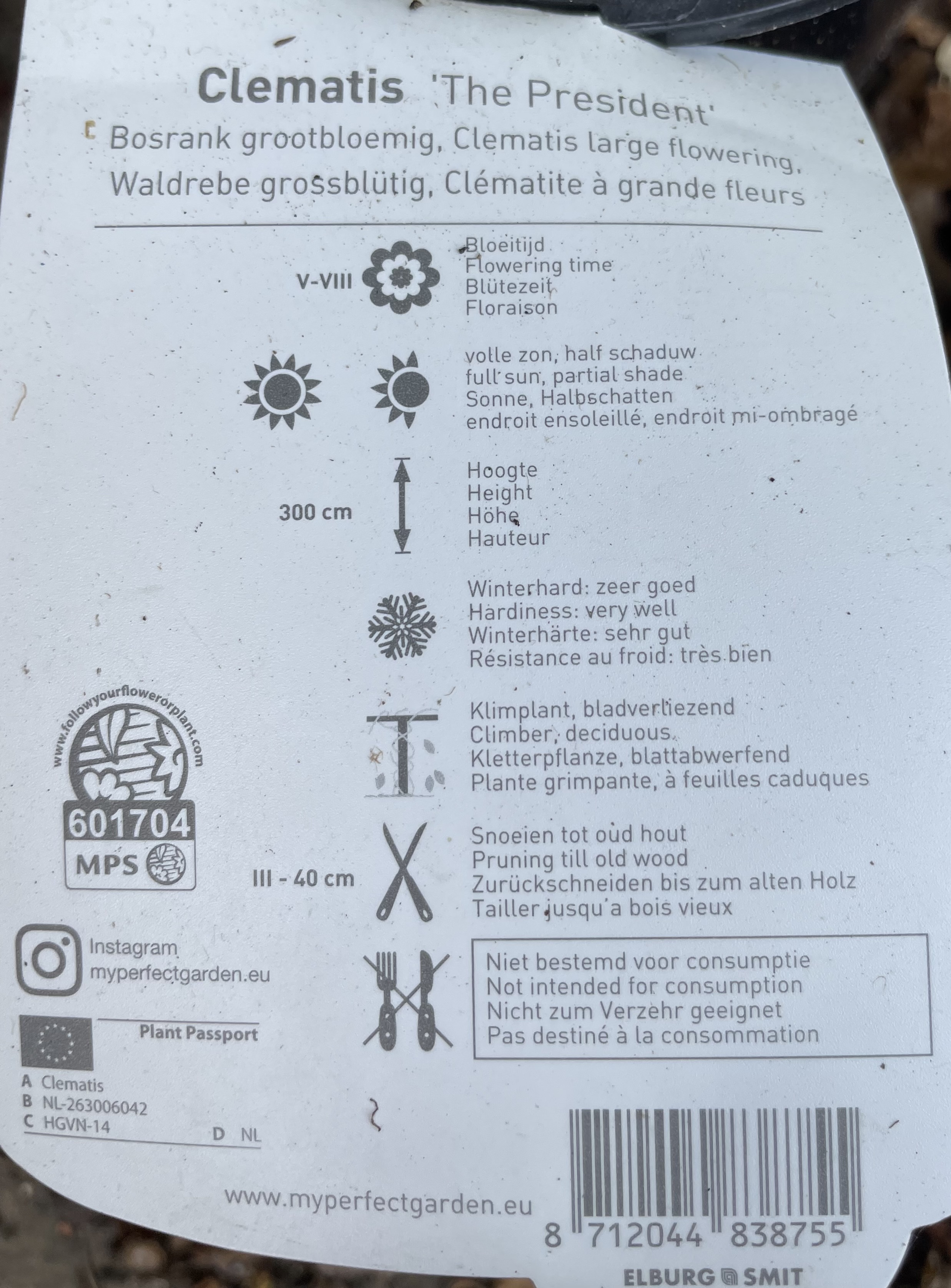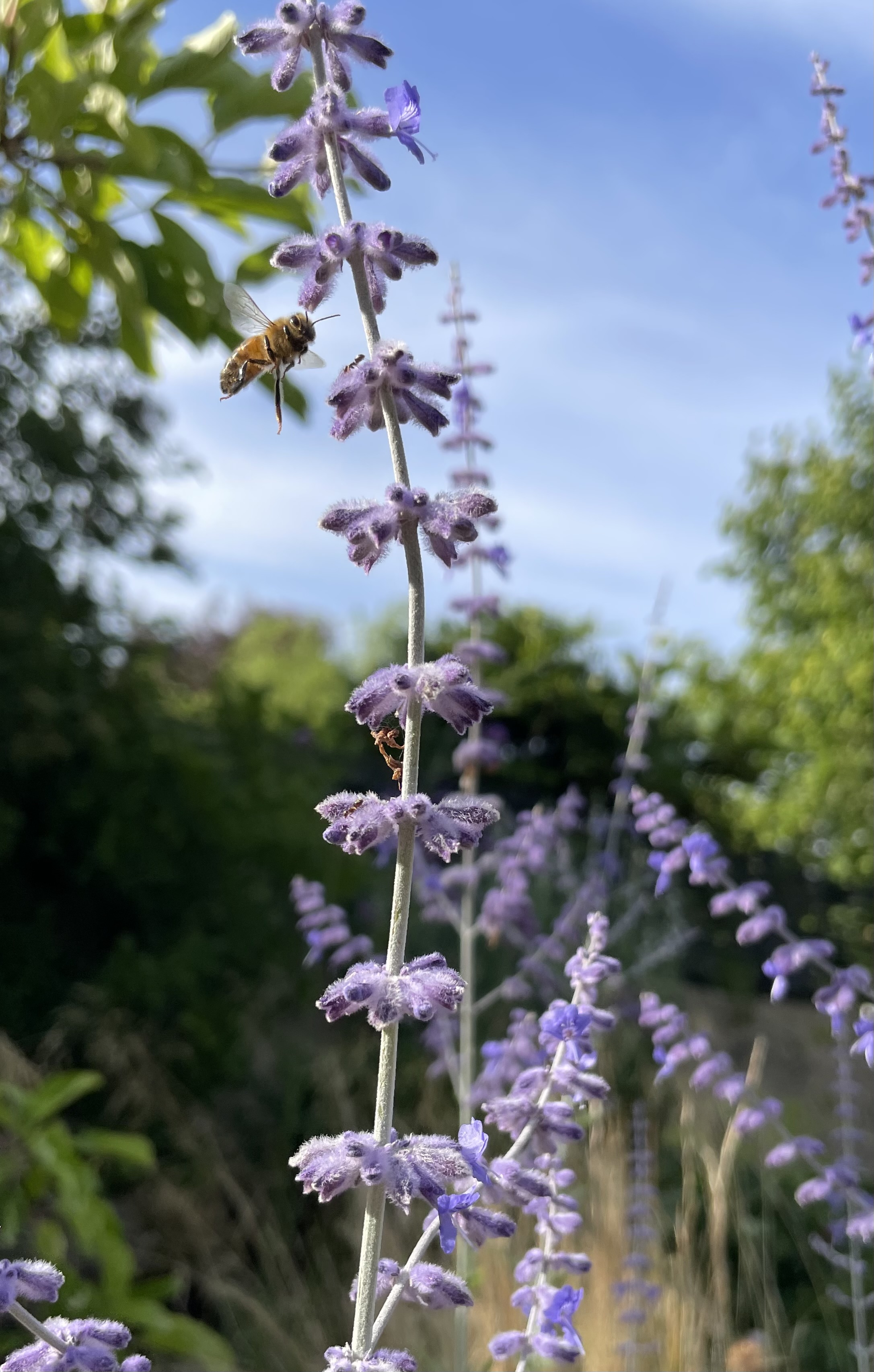Calne-based garden designer, Alex Heath has joined forces with Calne News to bring you monthly garden news.
Alex is the owner of Sulis Design Ltd, a design-only service which focuses on low maintenance, climate resilient gardens and borders for his clients to enjoy and relax in. He also offers a garden lighting design service to create atmosphere, provide security and increase garden usage into the evenings in an environmentally conscious way.
by Alex Heath
We should hopefully be in peak growing season right now and enjoying the bright blooms or fresh vegetables our gardens are providing us. Just remember to keep doing successional sowing to keep all the vegetables going right into the autumn and winter months, particularly faster growing crops such as salad leaves, radish, beetroot and carrots.
If growing vegetables isn’t for you, then it is a good time to look around the garden; take pictures, make notes and think about where there might be gaps of texture, colour or height. In your borders and pots think about the succession and development of your space and what you might want to put in if/when the current plants are past their best.
Before heading out to a nursery, garden centre or taking up one of the endless online deals, I strongly advise researching the plant you are going to buy. Widely attributed to garden designer and plantswoman Beth Chatto, “Right plant, right place” is often used to aid gardeners in their planting choices.
This mantra is a very simple tool in the metaphorical tool shed, that gardeners can use to avoid wasted money and to garden more sustainably. Beyond any personal cost to yourself, it is important to consider what else went into producing the plant: the time taken to grow it, the heating of greenhouses, water use and transportation costs, all of which might go to waste if the plant ends up on the compost heap.
So how can we as gardeners ensure that plants are the right ones?
- Have a look around your environment and see what other people are growing in their
gardens or local parks. - Understand your soil by using a soil testing kit or talking to a garden designer. Is it sand, loam
or clay? - Visit a garden flower show such as RHS Malvern, RHS Hampton Court and look at what the
designers are combining together. They are great for inspiration but also show plants that
like similar environments. They also have expert growers who can guide your choices. - Look at the plant labels on the plant and then think about the location you want to place the
plant. Does the plant suit the temperature ranges, sunlight, soil type and hardiness you
have? - Use nurseries who have friendly expert staff who can guide your choices.
- Look at the RHS website and research the plant on your mobile phone whilst stood in the
nursery to really make sure it suits your space. - Talk to a designer who can guide you with plant choices and expert advice for when you
want to develop larger border or gardens.

What happens if you find a plant that you really like yet it doesn’t suit your growing conditions?
- Perhaps you could look for similar looking plants which will tolerate the conditions you have,
so you maintain the look. - You could plant it in a container so that you can give the correct growing conditions for that
plant. - You could improve the soil by improving drainage or nutrient content although keep in mind
this isn’t a long-term solution as over time the soil will revert back to its natural state. This is
also costly by having to buy in additional materials.
So, before you are tempted by a bargain or a beautiful plant, step back and take a moment to do a little research and hopefully you can avoid the disappointment of a plant failing due to growing conditions.

Plant of the month - Salvias
Salvias are looking fantastic right now. Perovskia 'Blue Spire', a personal favourite, is a fantastic perennial that provides cottage garden borders with height, movement and a beautiful pale blue colour. It is beneficial to honey bees and smaller bumble bees, being covered in delicate, nectar-rich trumpet flowers.
This plant likes full sun in well drained soil and is widely considered hardy. Just cut back the stems in early spring to between 15 and 20cm from the ground to maintain a compact shape and full blooms.
Jobs for July
- Keep sowing vegetable seeds for crops throughout the season
- Pinch out side shoots on tomato plants to increase your harvest
- Maintain your garden with deadheading to ensure blooms keep coming
- Maintain ponds by keeping them clear of leaves. Check for signs of blanket weed and other algae,
and treat as required. - In warmer weather, leave sources of water out for wildlife, cleaning the containers and replenishing
the water every other day. - Ensure greenhouses are shaded with greenhouse netting in particularly hot weather. Water plants early in the morning or late at night to ensure they aren’t damaged by extreme heat.
- Keep on top of weeds by removing them or the flowers so that they don’t produce seed.
- Start sowing biennials such as Digitalis foxglove, Cheiranthus wall flowers ready for next year.



